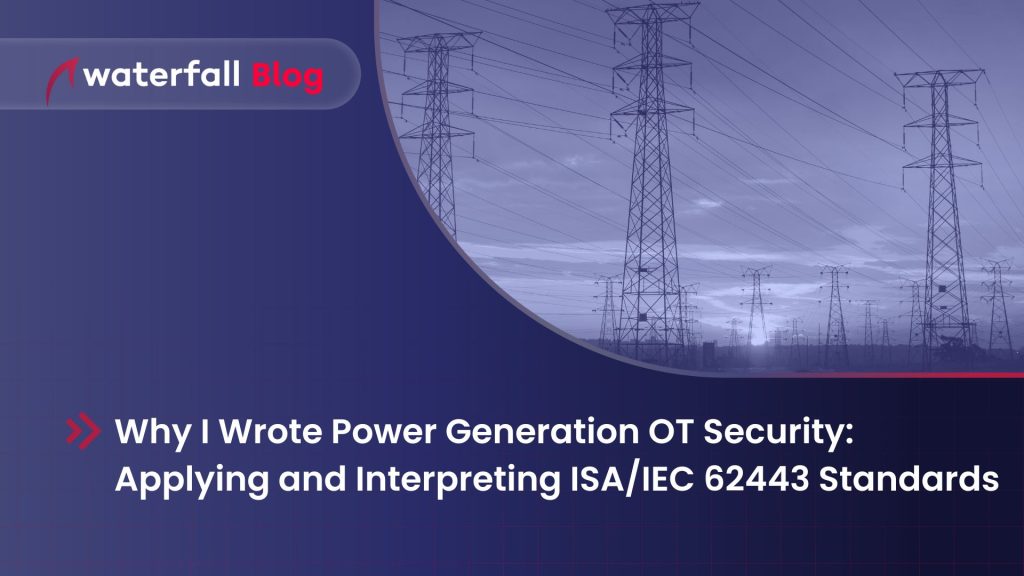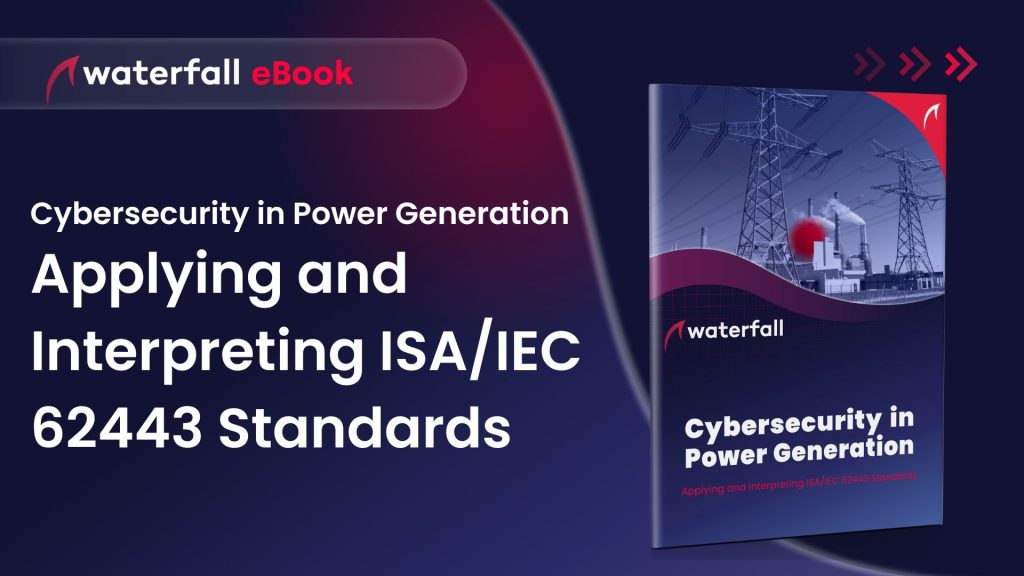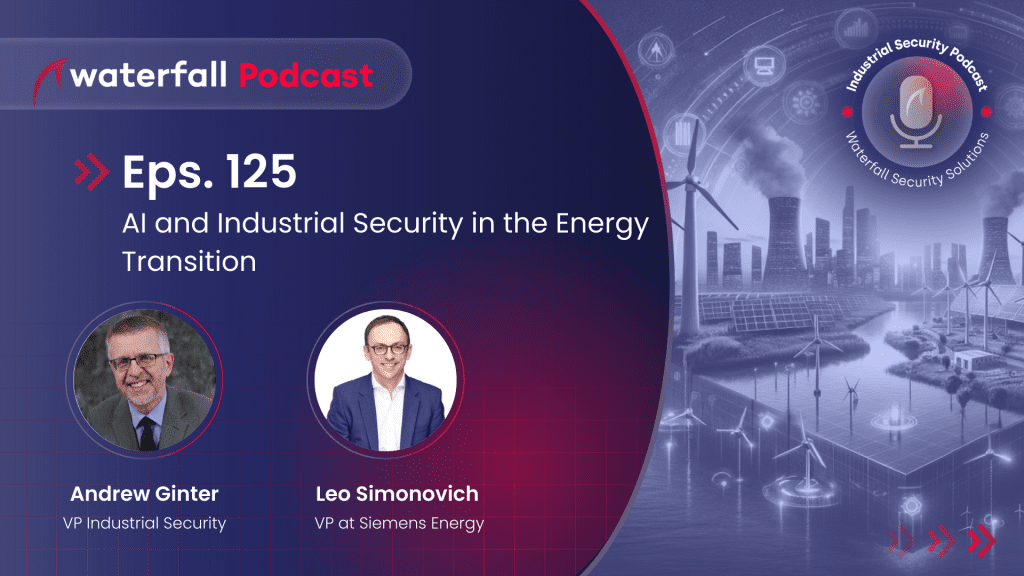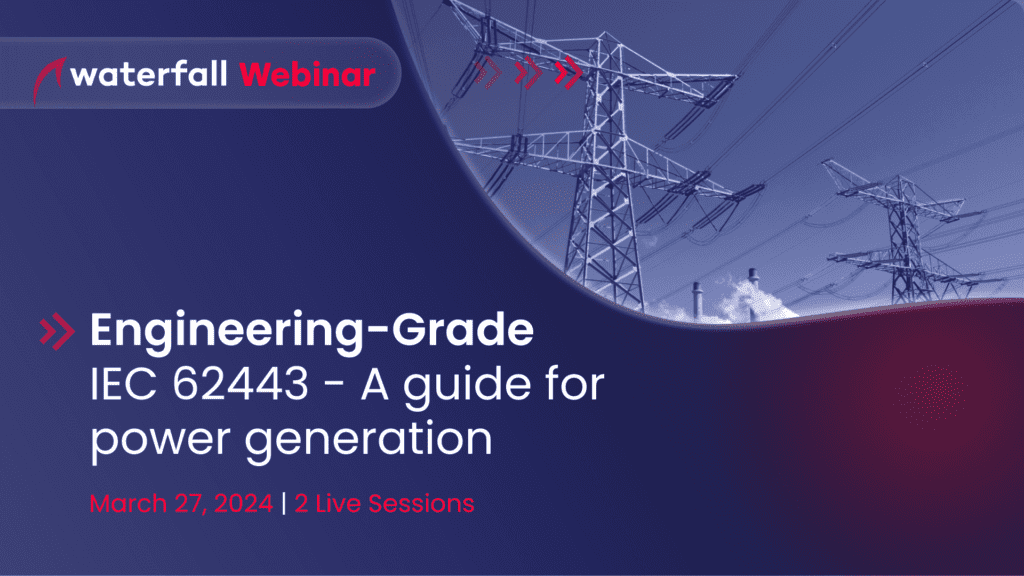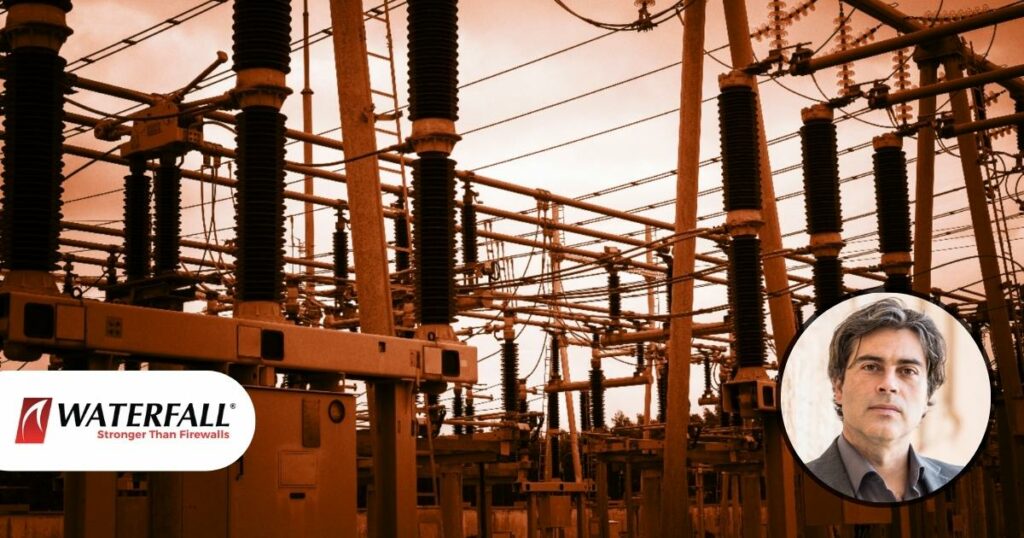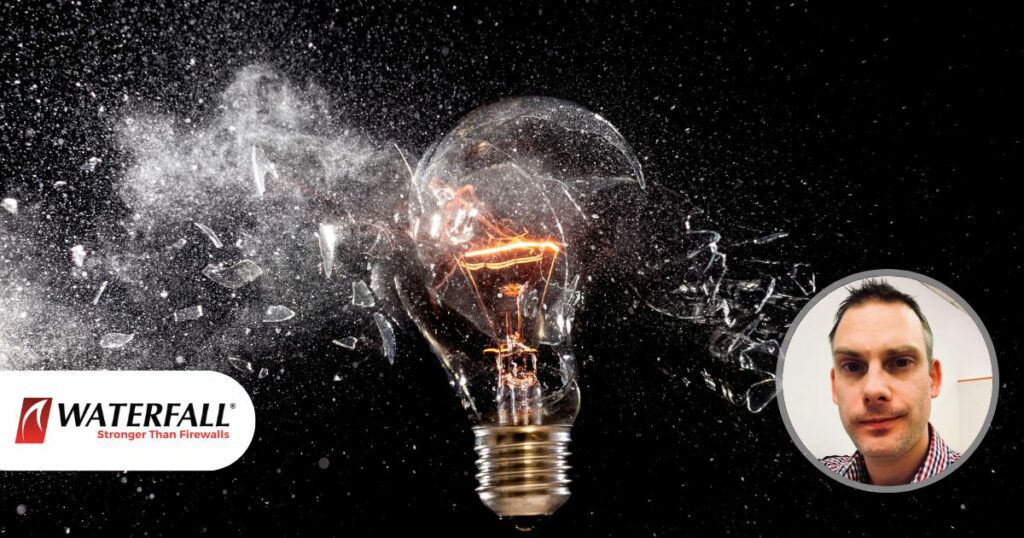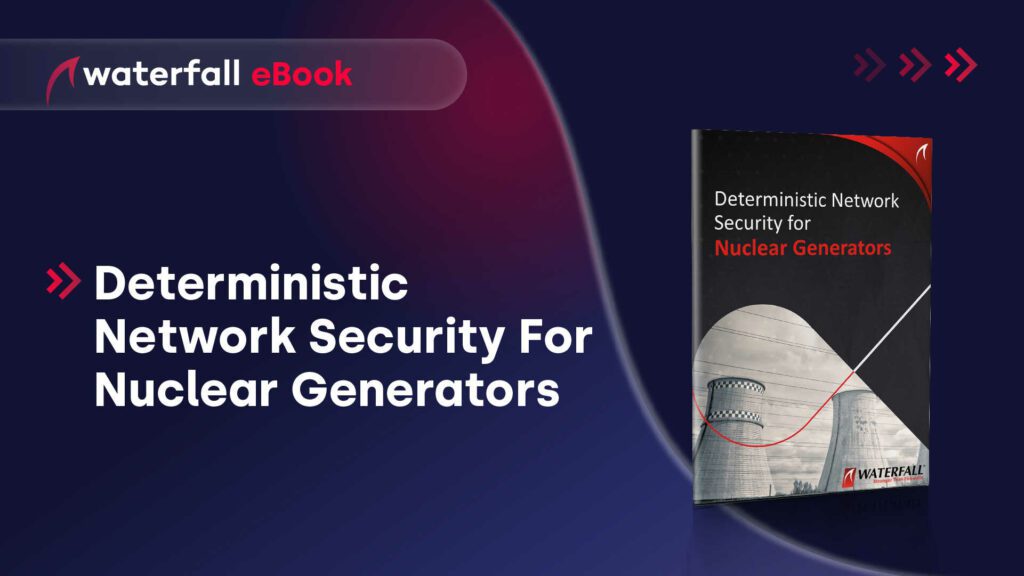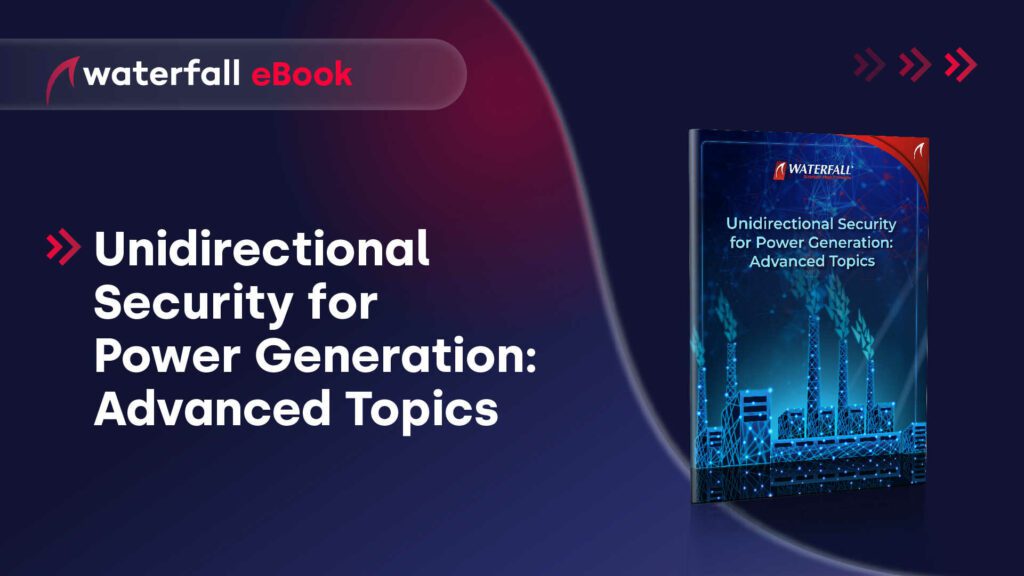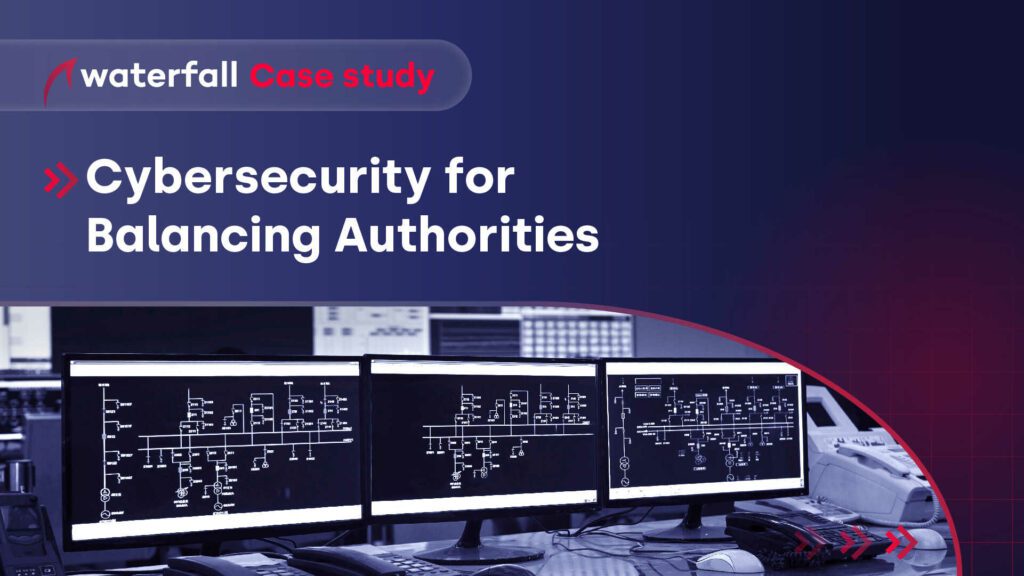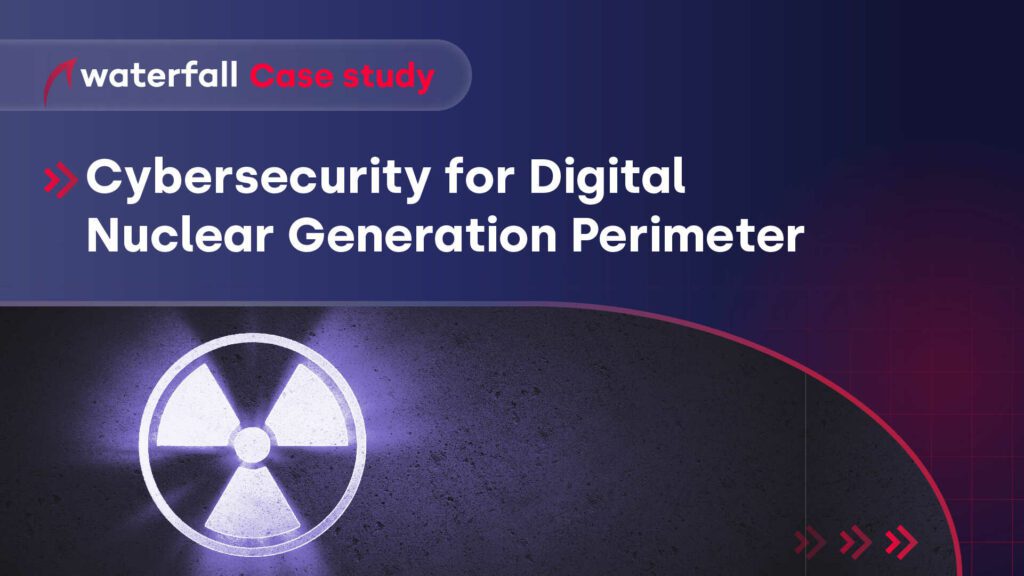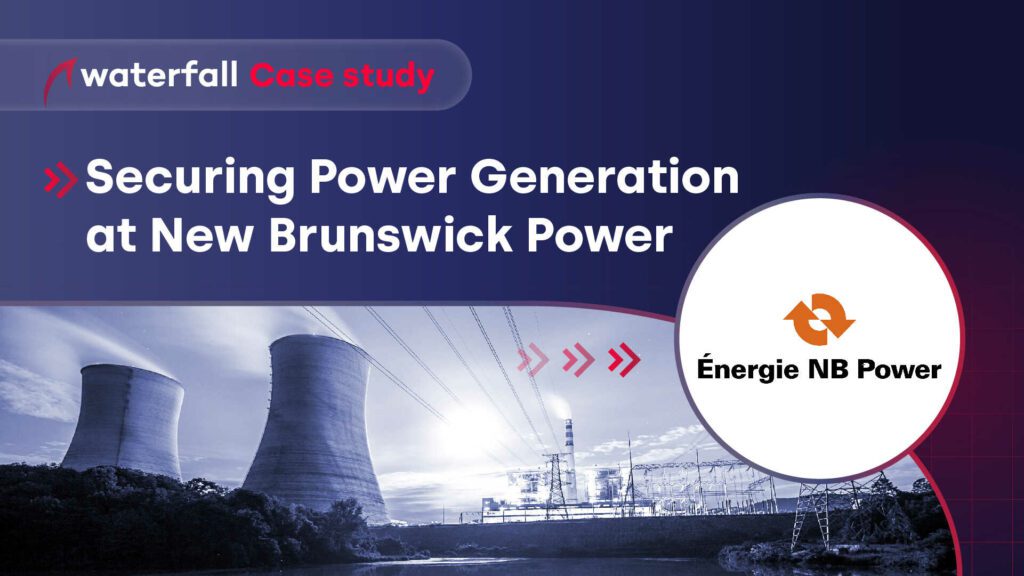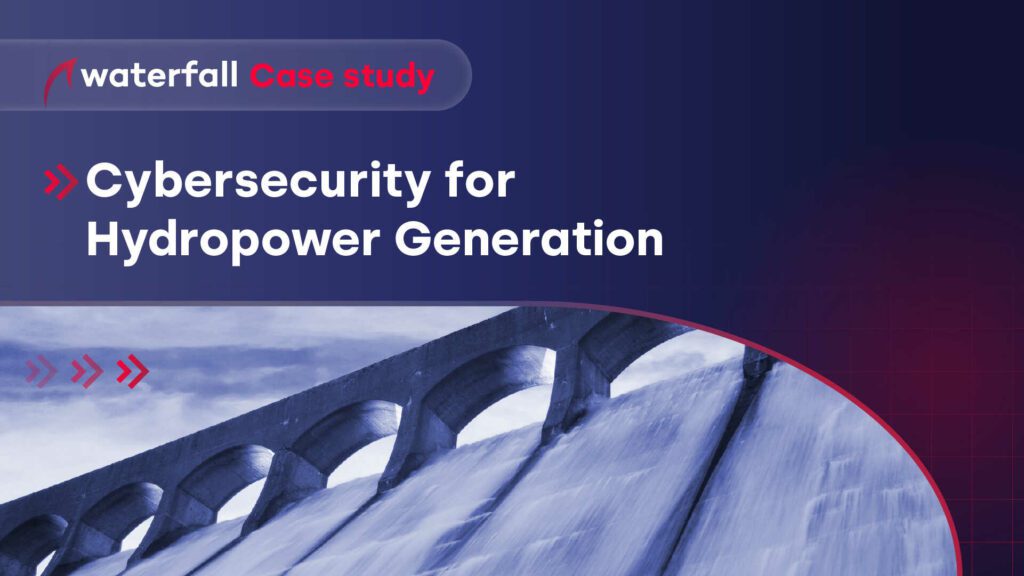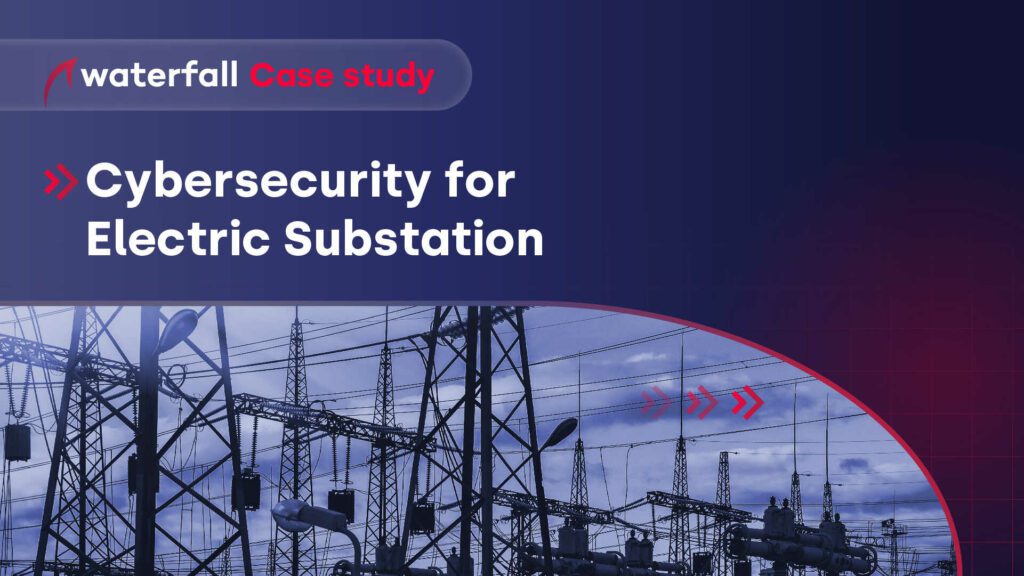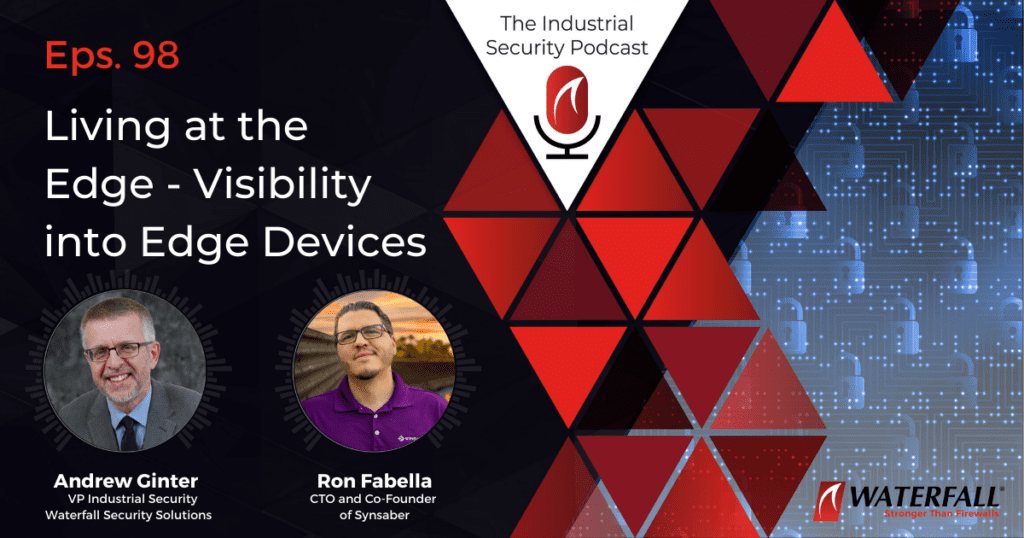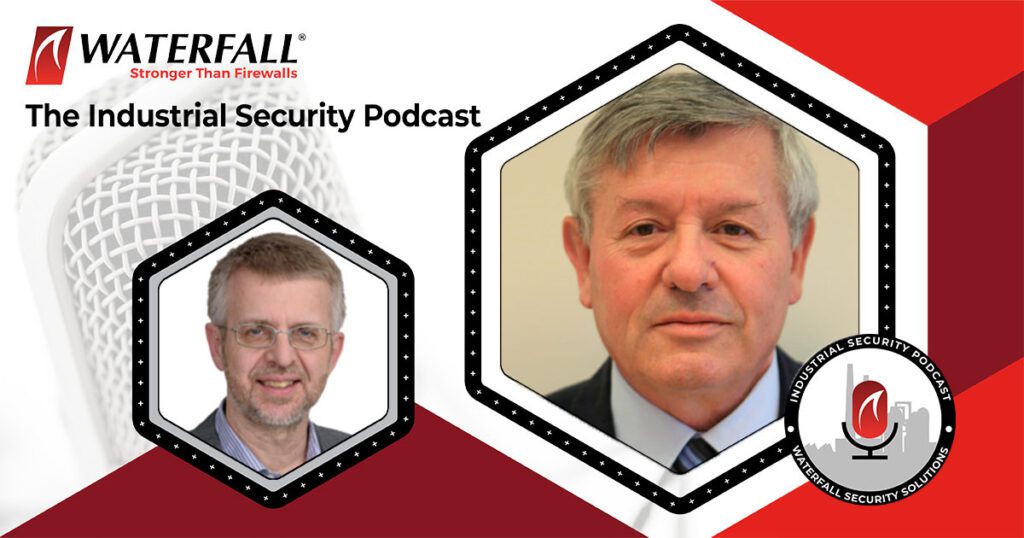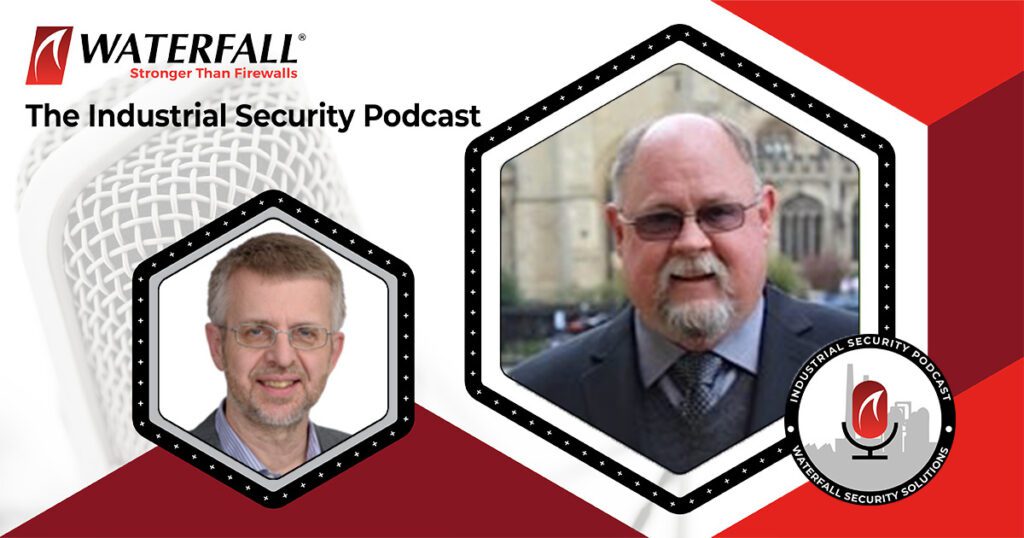Power
Welcome to the Power resources page. Here you’ll find a compiled collection of useful information, tools, and resources about industrial cybersecurity for Power including generating, transmitting, nuclear, and all other related aspects.
Blog
Why I Wrote Power Generation OT Security: Applying and Interpreting ISA/IEC 62443 Standards
Power generation is a critical sector facing unique cybersecurity challenges. However, as I researched, it became clear that no document existed to bridge the gap between the general, industry-agnostic ISA/IEC 62443 standards and the specific needs of power generation facilities. In response, I decided to write this ebook....
Books and eBooks
eBook: Cybersecurity in Power Generation – Applying and Interpreting ISA/IEC 62443 Standards
past webinars
Webinar: Industry-Specific 62443 Insights for Power Generation
An in-depth webinar that goes beyond the buzzwords and provides practical, industry-specific guidance on applying the ISA/IEC 62443 standards to safeguard critical power infrastructure...
Podcast
AI and Industrial Security in the Energy Transition | Episode 125
Leo Simonovich, VP & Global Head of Industrial Cyber and Digital Security at Siemens Energy, joins us to discuss AI and the industrial cyber risks and threats it poses to the digital transformation of the energy industry....
past webinars
Recorded Webinar: Engineering-Grade IEC 62443 – A Guide For Power Generation
The Cyber-Informed Engineering (CIE) initiative, funded by the US Department of Energy, is a new way to look at IEC 62443 – a perspective that clears up a lot of confusion....
Webinar
Engineering-Grade IEC 62443 – A Guide For Power Generation
Join our upcoming webinar and learn about the IEC 62243 standard for powergen, how CIE can help with IEC 62443-3-2 risk assessments, and what kind of extra protection do 62443-4-2 certified components provide....
Trending posts
Stay up to date
Subscribe to our blog and receive insights straight to your inbox
Trending posts
Top Oil and Gas Security Challenges and Best Practices for Protection
November 11, 2025
Security by Design- The New Imperative for Rail Systems
November 4, 2025
Stay up to date
Subscribe to our blog and receive insights straight to your inbox
Trending posts
Managing Risk with Digital Twins – What Do We Do Next? – Episode 144
October 20, 2025
IT & OT Relationship Management
October 20, 2025
Stay up to date
Subscribe to our blog and receive insights straight to your inbox
Case studies
Cybersecurity For Balancing Authorities
Protecting Energy Management System (EMS) controls from potential attacks emanating from partner utility networks....
Case studies
Securing The Digital Nuclear Generation Perimeter
Monitoring nuclear generation controls and safety networks in real time from enterprise networks, in a way that fully adheres to Nuclear Regulatory Commission 5.71 requirements....
Case studies
Securing Power Generation At New Brunswick Power
Securing the continuous operation of power production networks in all power plants, while enabling real-time OT monitoring and compliance with NERC-CIP regulatory requirements....
Case studies
Cybersecurity For Hydropower Generation
Compliance with NERC-CIP standards while protect critical assets from cyberattacks and protecting operational and business processes efficiencies....
Case studies
Cybersecurity For Electric Substations
Compliance with NERC-CIP standards while protecting critical assets from cyberattacks and ensuring operational and business process efficiency....
Trending posts
Analyzing Recent NIS2 Regulations – OT security is changing
October 5, 2025
Doing the Math – Remote Access at Wind Farms
September 22, 2025
I don’t sign s**t – Episode 143
September 10, 2025
Stay up to date
Subscribe to our blog and receive insights straight to your inbox
Trending posts
Secure Industrial Remote Access Solutions
August 28, 2025
NIS2 and the Cyber Resilience Act (CRA) – Episode 142
August 18, 2025
SCADA Security Fundamentals
August 14, 2025
Stay up to date
Subscribe to our blog and receive insights straight to your inbox
Trending posts
What is OT Network Monitoring?
August 14, 2025
What Is ICS (Industrial Control System) Security?
August 14, 2025
Network Duct Tape – Episode 141
August 13, 2025
Stay up to date
Subscribe to our blog and receive insights straight to your inbox
past webinars
Webinar: Industry-Specific 62443 Insights for Power Generation
An in-depth webinar that goes beyond the buzzwords and provides practical, industry-specific guidance on applying the ISA/IEC 62443 standards to safeguard critical power infrastructure...
past webinars
Webinar: AVEVA | Enabling the Digital Transformation of Electric Utilities
Cyber attacks are becoming more sophisticated, cloud-based innovation is increasing attack opportunities, and governments are issuing stronger cyber regulations, such as the new European NIS2 and the new German KRITIS directives....
Trending posts
Stay up to date
Subscribe to our blog and receive insights straight to your inbox

